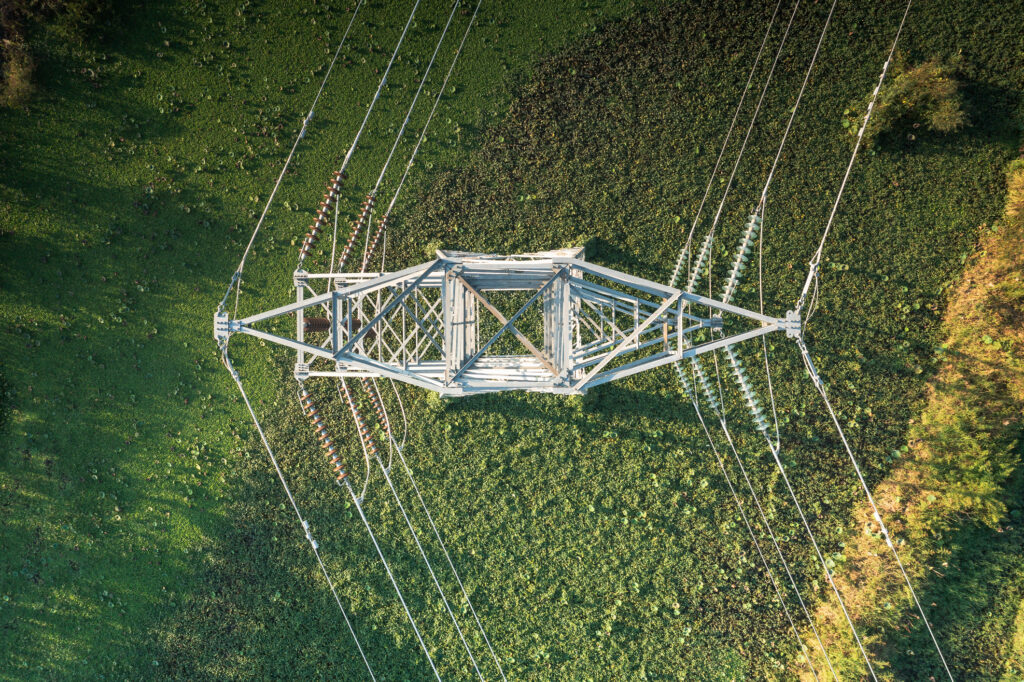Taming LiDAR Data’s Size by Tiling


The massive size of LiDAR datasets often makes this highly accurate data difficult to work with. So how can you tame it for use?
There are a variety of ways that FME can help you reduce your LiDAR data’s volume. For example, you can thin the data, extract the precise subset you require, or tile the data into manageable pieces. In this particular article, we’ll take a look at how easy it is to tile your LiDAR dataset.
To start, you simply read the LiDAR dataset you want to tile into your workspace using the corresponding reader. If you’re reading multiple files, you can use a PointCloudCombiner transformer to bring all of your source data into a single point cloud dataset.
Next, use the Tiler transformer to chop the point cloud data into portions. Set what you want the portions to be (e.g. 1,000 x 1,000 units) and then take the row and column IDs that the Tiler assigned to each tile, and combine them using the StringFormatter and StringConcatenator transformers into a unique ID for each tile. Then you can use a writer, such as the LAS writer, to fan out the created tiles by this unique attribute.
If the exact tile location is important, you can use a predefined grid rather than the Tiler transformer. In this case you read tiles into your workspace that you’d like to use as clippers (for example, shapefile tiles) and use the Clipper transformer to slice up the point cloud dataset accordingly. Then bring the disparate data for each output tile together using the PointCloudCombiner transfomer to assemble all parts that fall within a given tile into a single geometry, grouping by tile ID.
There are many more ways to tame
your LiDAR datasets’ size with FME. Check out the practical examples in Dmitri’s Point Cloud Lab at
safe.local/pointcloudlab



